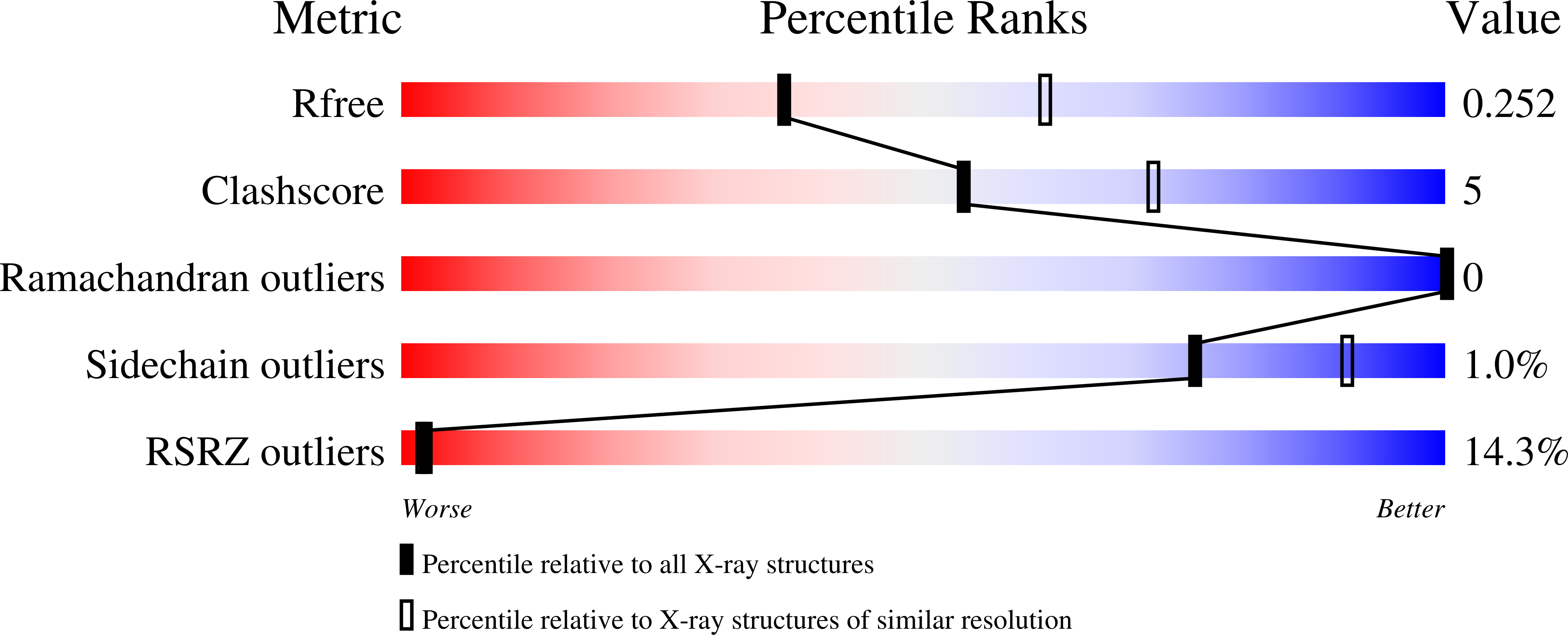
Deposition Date
2021-01-08
Release Date
2022-01-19
Last Version Date
2024-10-23
Entry Detail
PDB ID:
7BGS
Keywords:
Title:
Archeal holliday junction resolvase from Thermus thermophilus phage 15-6
Biological Source:
Source Organism:
Thermus thermophilus phage 15-6 (Taxon ID: 12333)
Host Organism:
Method Details:
Experimental Method:
Resolution:
2.50 Å
R-Value Free:
0.25
R-Value Work:
0.23
R-Value Observed:
0.23
Space Group:
C 2 2 21


